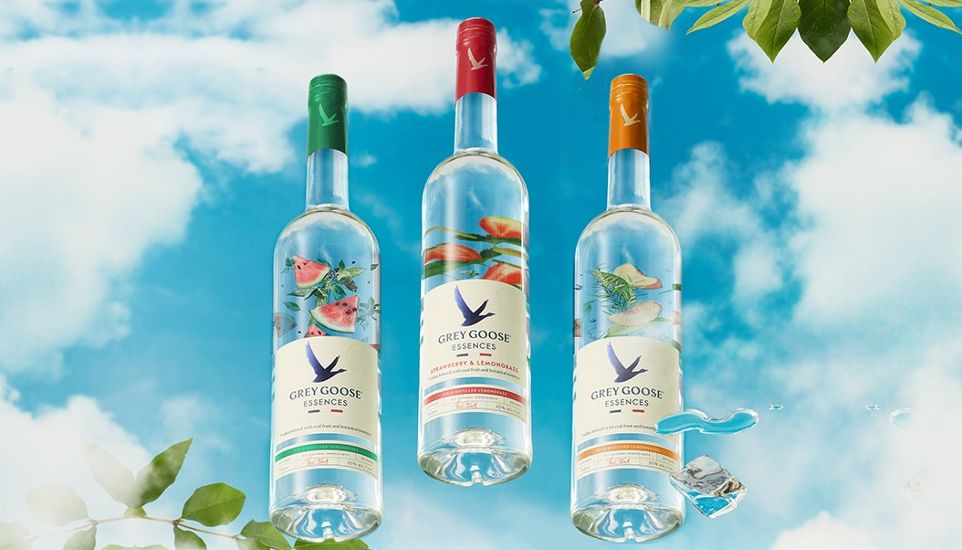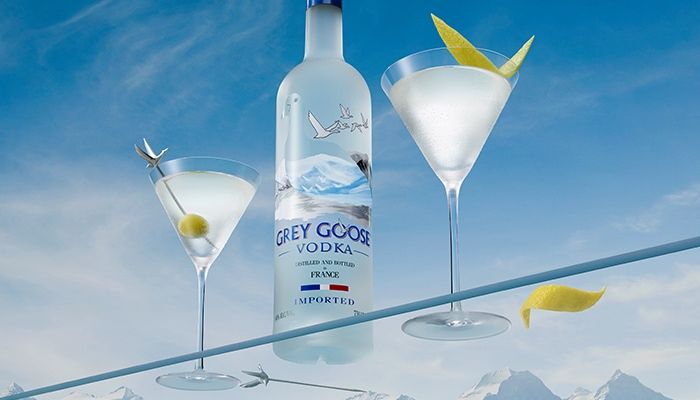Choose a Site

How to Calculate a Drink’s ABV
You may understand the term “ABV,” but do you know how to make your own calculations? We’ll take you through the process, step by step, and provide some options for lower ABV cocktails.
May 18, 2023
Recently, there’s been more of a movement toward mindful drinking. For a variety of reasons, people may want to pay closer attention to the amount of alcohol they’re consuming and sip responsibly. Knowledge is power, and knowing the alcohol by volume (ABV) in your drink can help you make decisions about what and how much you drink.
The Meaning of ABV
You may have seen the acronym before, but what is ABV? ABV stands for Alcohol by Volume, and it’s the standard measure of the amount of alcohol present in a drink. It is calculated as a percentage of the total volume of the drink. For example, if you’re wondering what a drink with 5% ABV means, it’s that 5% of the total volume of the drink is made up of alcohol.
What Are Some Standard ABVs of Common Drinks?
The most common ABVs for spirits typically range from 40 - 50%, with some exceptions such as certain liqueurs that may have lower alcohol content. GREY GOOSE® Vodka and our flavoured vodkas have an ABV of 40%.

GREY GOOSE® Essences, which is vodka infused with real fruit and botanical essences, has a lower ABV of 30%.

Wine ABVs can vary widely depending on the type of wine and its fermentation process, but they typically range from 10 - 15%. Beer ABVs can also vary depending on the style, with some light beers having an ABV as low as 2 - 3%, while others, such as imperial stouts, can reach higher percentages upwards of 10%.
How to Calculate the ABV of Your Drink
Even if it’s been a while since you were in math class, calculating the ABV of your drink is a rather straightforward process that can be done using a simple formula.
Step 1: Determine the volume of alcohol in the drink.
Step 2: Determine the total volume of the drink.
Step 3: Divide the volume of alcohol by the total volume of the drink.
Step 4: Multiply the result by 100 to get the ABV percentage.
For example, let’s say you want to add a shot of a spirit to a glass of soda water. That would mean:
Step 1: Start with a standard shot of 25 ml of alcohol. Multiply 25 ml by the alcohol's known ABV percentage. In the case of Grey Goose Vodka, that means multiplying by 40% (or 0.4) to find the volume of the alcohol, which would be 10 ml of liquid.
Step 2: If you added 75 ml of soda water to the 25 ml of alcohol, that would mean a total of 100 ml of liquid.
Step 3: 10 ml divided by 100 ml equals 0.1.
Step 4: Multiply that by 100 and you get 10. So that means this theoretical drink has an ABV of 10%.
Lower ABV Options
If you’re searching for some lower ABV options, there’s no shortage of possibilities. Check out some of our lower ABV cocktail ideas to enjoy a delicious, light-tasting drink. You can experiment with our different recipes — then practice making your own ABV calculations at the end.